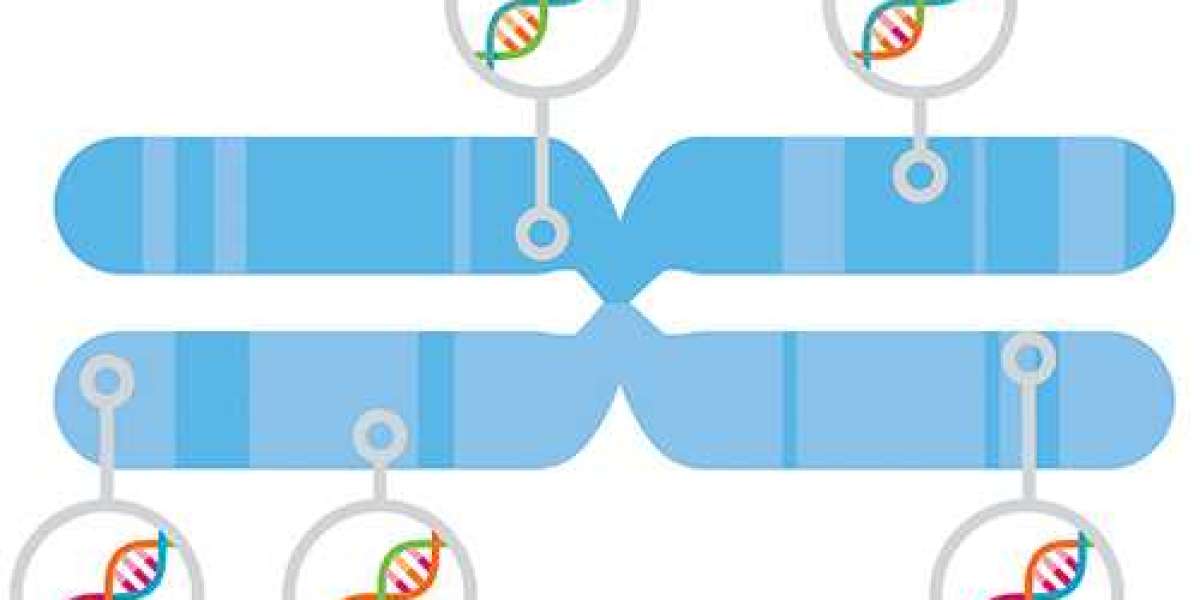Within the intricate microcosm of human cells, comparable to a sophisticated symphony orchestra, ribosomes assume the role of conductors, finely coordinating the synthesis of proteins—the fundamental building blocks of life. Yet, disturbances in ribosomal function intricately connect with cellular dysfunction, playing a significant role in the initiation and progression of diverse diseases.
Cellular ribosomal anomalies are closely associated with various diseases, including:
Diamond-Blackfan Anemia: A rare genetic disorder emerging in infancy, Diamond-Blackfan anemia is linked to mutations or defects in ribosomal proteins. These disruptions hinder normal protein synthesis, leading to abnormal red blood cell development and resulting in anemia.
Cancer: The vital involvement of ribosomes in protein synthesis has prompted intense exploration of their relationship with cancer. Cancer cells frequently exhibit irregularities in ribosomal function, such as heightened protein synthesis and abnormal expression of specific ribosomal proteins, potentially contributing to the rapid growth and division of cancer cells.
Multiple Myeloma: Characterized by abnormal proliferation of plasma cells in the bone marrow, multiple myeloma may involve ribosomal abnormalities impacting normal cellular regulation and growth.
Given the significant link between ribosomal abnormalities and various diseases, a comprehensive understanding of ribosomal structure, function, and their roles in cells and diseases becomes imperative. Techniques for ribosomal analysis facilitate the identification of specific ribosomal changes associated with disease states, contributing to the discovery of potential biomarkers for early disease diagnosis and monitoring.
Current Techniques in Ribosomal Analysis:
Ribosome RNA Sequencing: A high-throughput sequencing technique utilized to analyze the composition of ribosomal RNA. By deciphering the expression levels and modification states of ribosomal RNA, researchers can grasp gene expression regulation in cells under different conditions.
Ribosomal Protein Mass Spectrometry: Mass spectrometry is employed to identify and quantify ribosomal proteins. Separating and analyzing ribosomal proteins using a mass spectrometer provides valuable information about ribosomal protein composition and function.
Cryo-Electron Microscopy (Cryo-EM): This technique produces high-resolution images of ribosomal structures, assisting scientists in comprehending the three-dimensional architecture of ribosomes and their intricate regulation in protein synthesis.
Ribosome Profiling (Ribo-Seq): Also known as Ribo-Seq, this technique delves into translational levels by measuring nucleotide fragments bound to ribosomes. Ribo-Seq primarily targets mRNA sequences protected by ribosomes during the translation process, distinguishing it from RNA-Seq, which sequences all mRNA in a given sample.
As integral contributors to cellular protein synthesis, ribosomal abnormalities intricately intertwine with various diseases. Advanced ribosomal analysis techniques empower scientists to explore the composition and function of ribosomes, unveiling their crucial roles in cell biology and disease occurrence. In-depth research in this field not only provides novel insights into fundamental science but also offers robust support for the future treatment and prevention of diseases.














